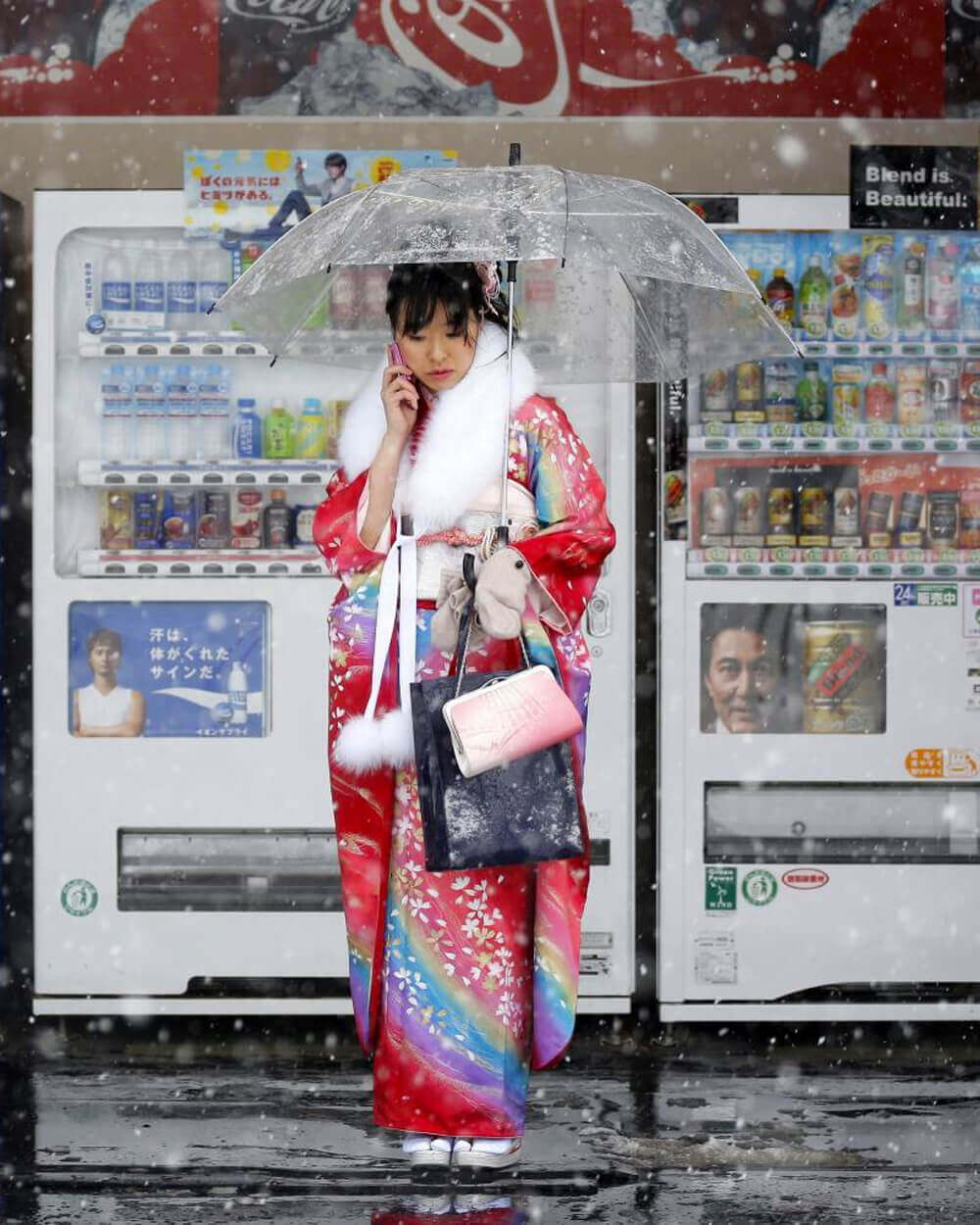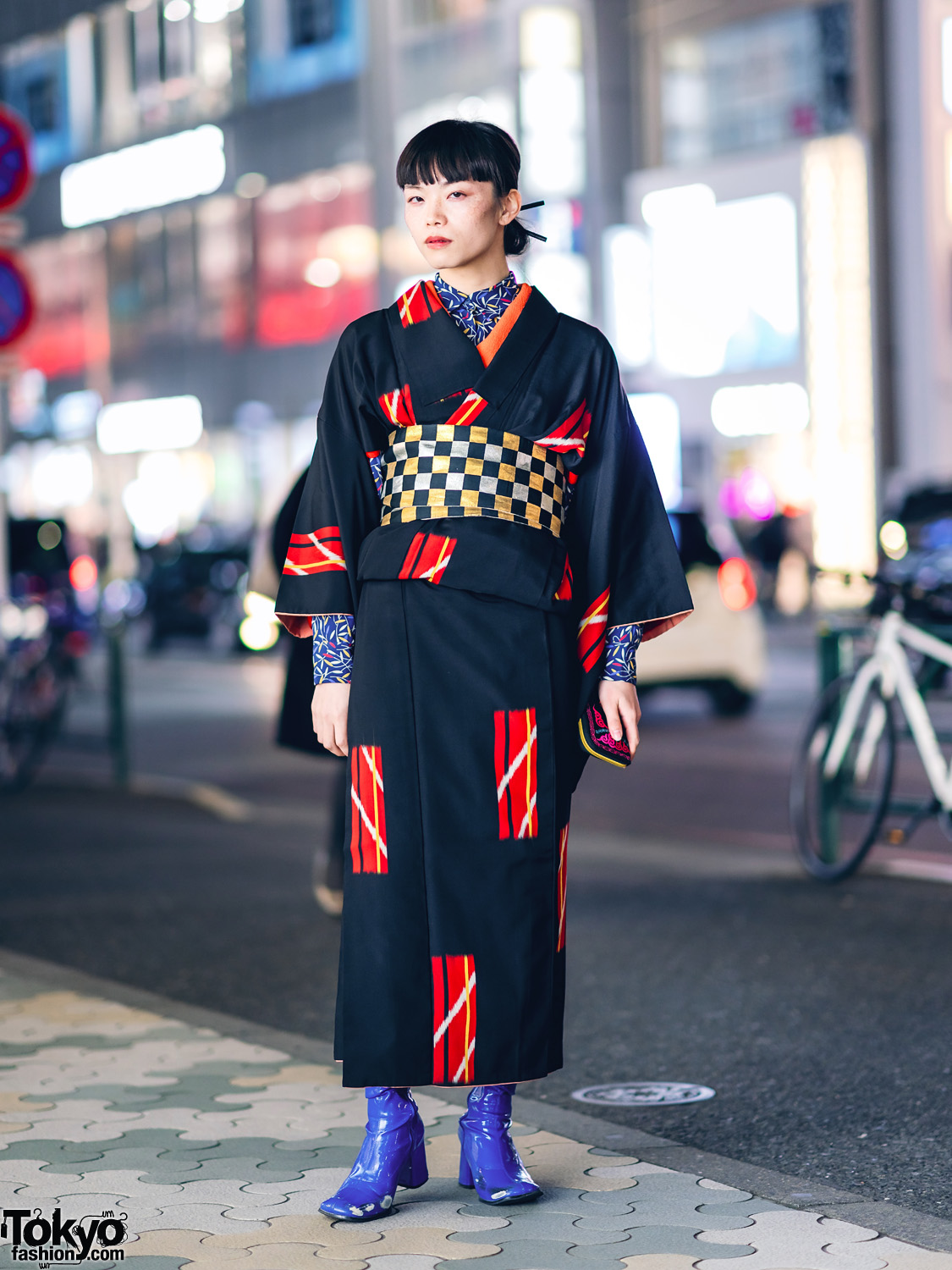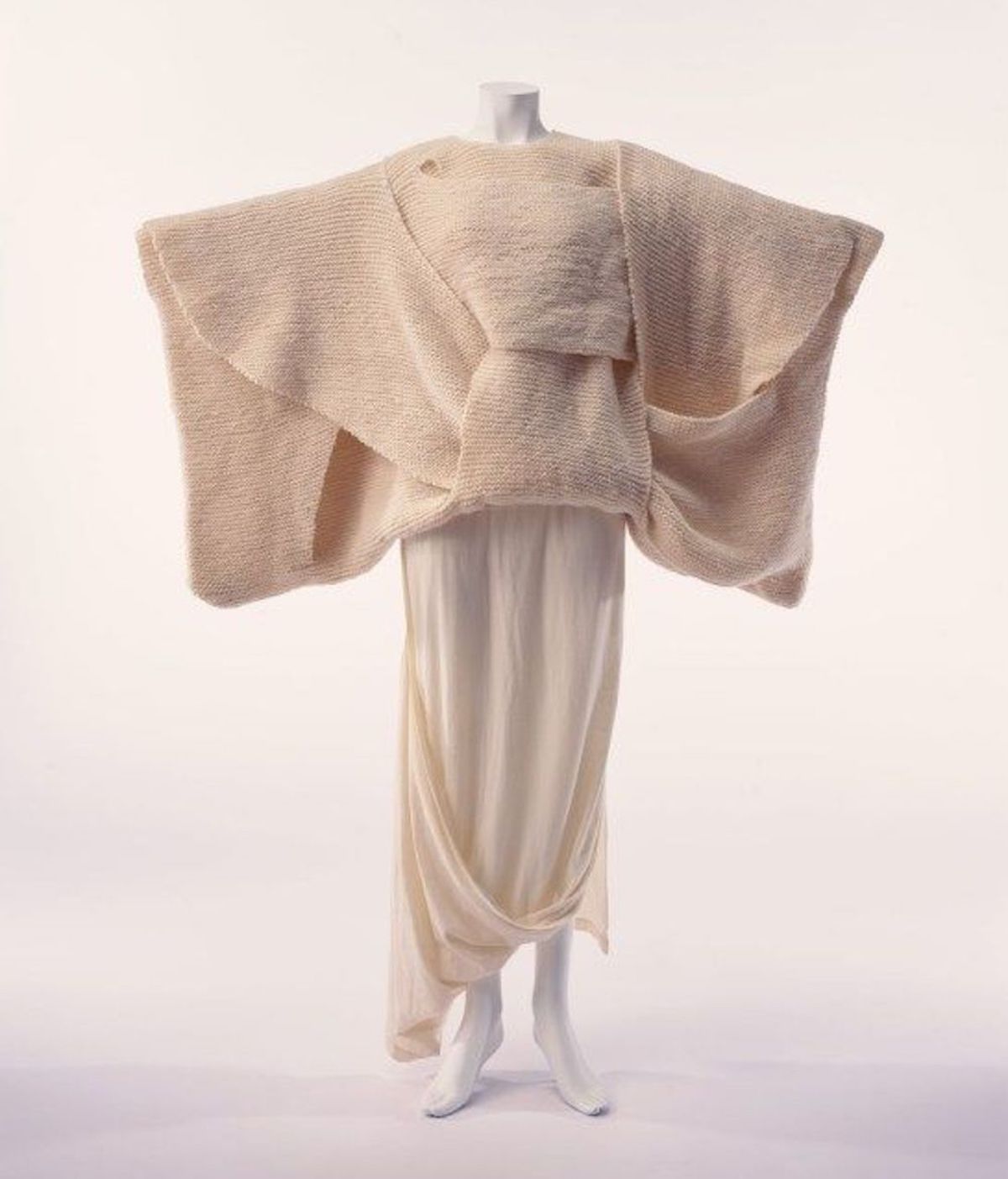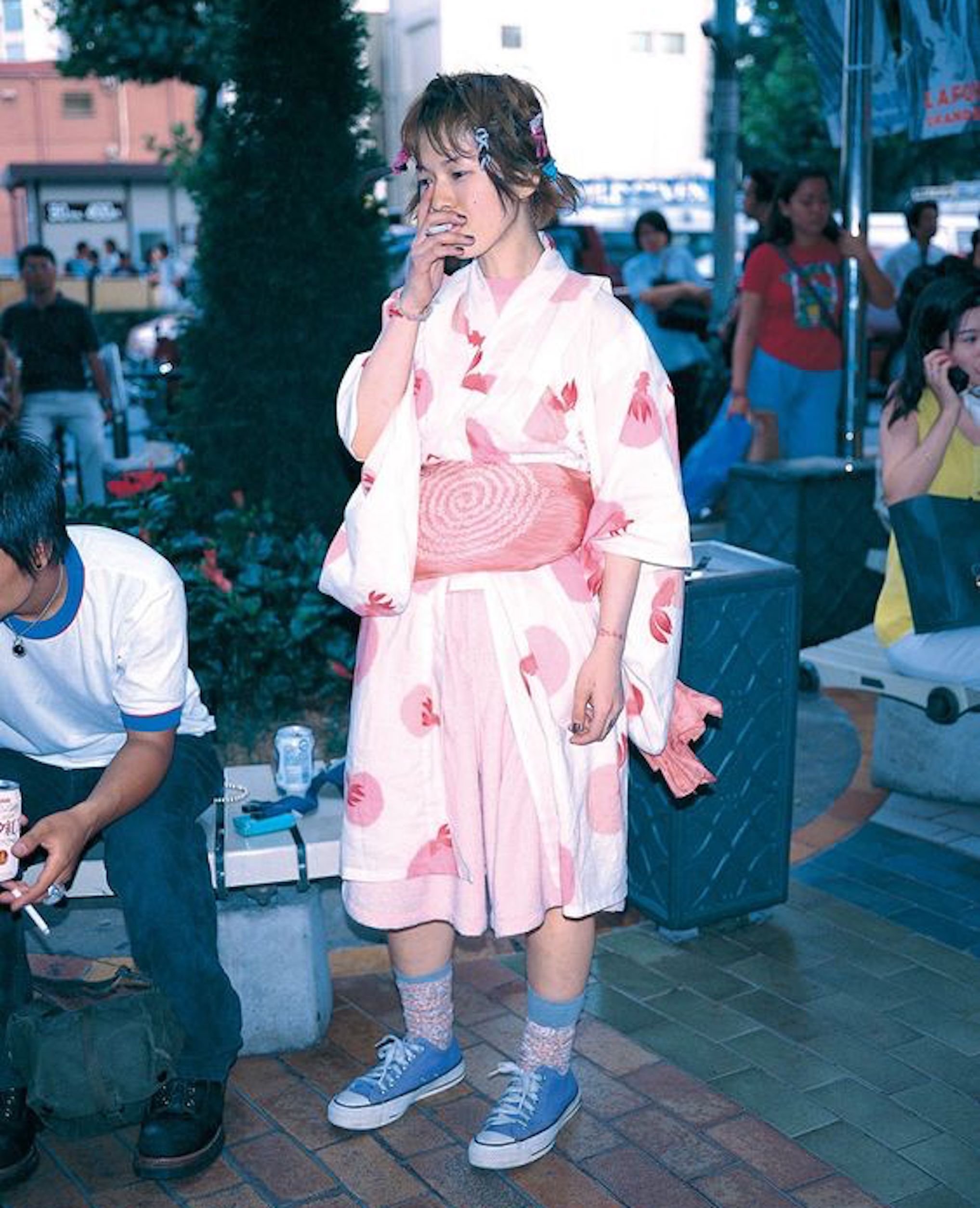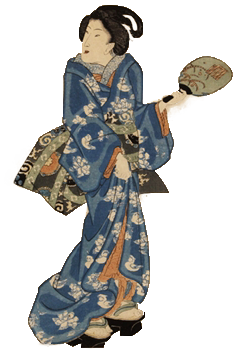
Yukata & Kimono
EDITORIAL MODE
Kimono and Yukata
A classic, a timeless piece. Very easily recognizeable. Kimonos and yukatas (a cotton, lightweight version of the former)
were the everyday clothes worn by both men and women. But with the westernization of Japan in the Meiji period,
the kimonos came to be seen as more "feminine" (that is, the Europeans convinced the Japanese
that they were), prompting a switch from men towards more western business suits.
While the proportions of some of the cuts have changed, the general silhouette has been the same for centuries.
Kimonos today are mostly worn for special occasions, while yukatas are still worn as day to day wear.
The kimono cut itself has also influenced western women's fashion, a great example of this is in Dianne von Furstenberg's iconic wrap dress.
Rei Kawakubo knit kimono
Fabrication
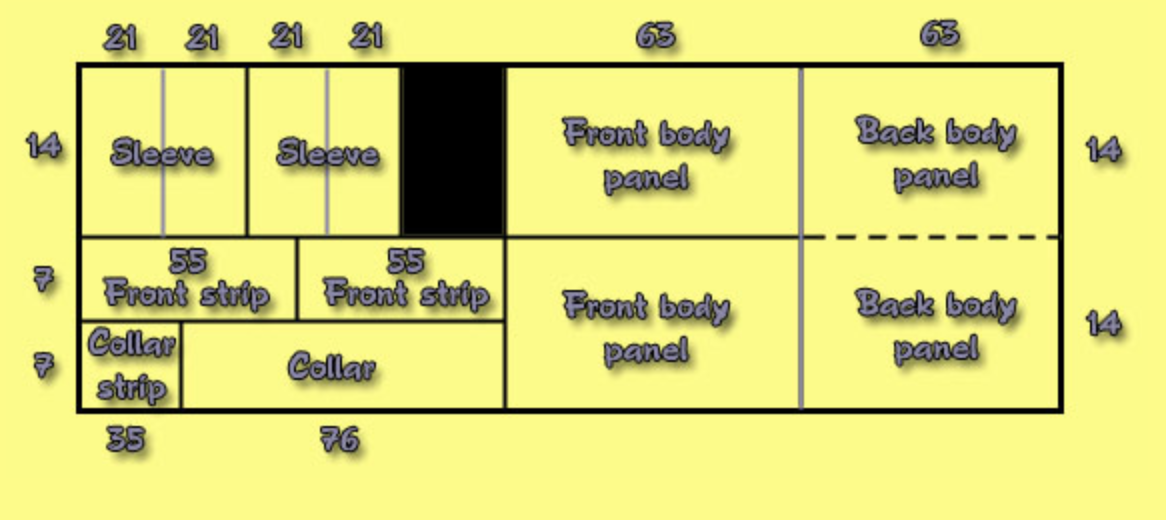
The kimono is cut out of a singe long, rectangular strip of fabric, which makes it nearly waste-less and very easy to cut and assemble.
Historically, the seam allowances are flexible and not trimmed down, allowing kimonos and yukatas to be easily
disassembled and re-sewn at larger/smaller sizes, depending on what is necessary.
Because undoing seams is the death of a seamstress, this resizing method, as
efficient and cheap as it is is no longer used. Rather, because textiles are also today much lighter and less durable (because they are now
usually made out of plastic), it is a lot easier to the consumer to simply purchase a new piece. However, if we were to find a method or develop a technology to
easily undo seams and use durable textiles, perhaps the kimono resizing technique could be used for a more sustainable future.
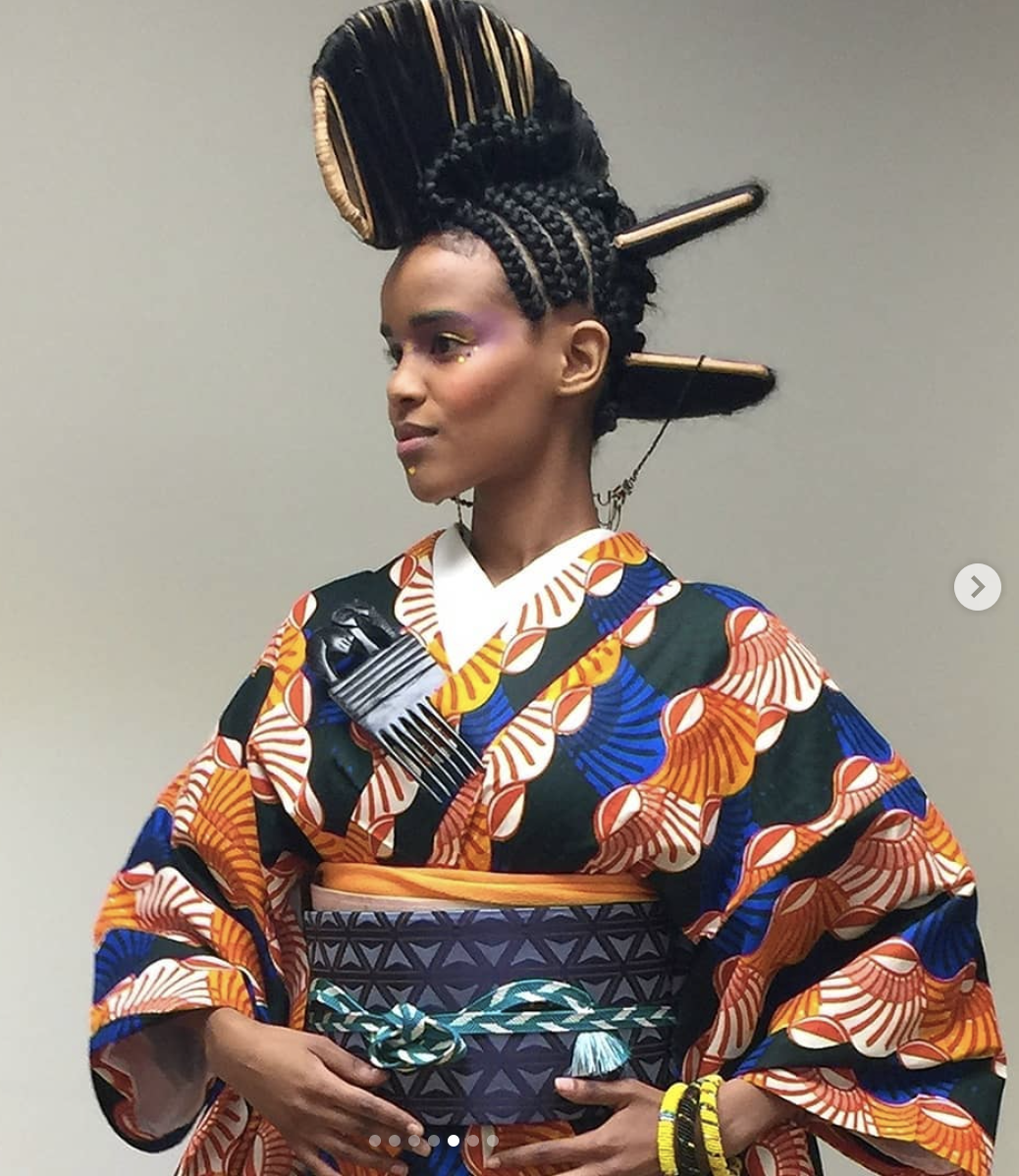
Kimono in Ankara/wax fabric, Wafrica
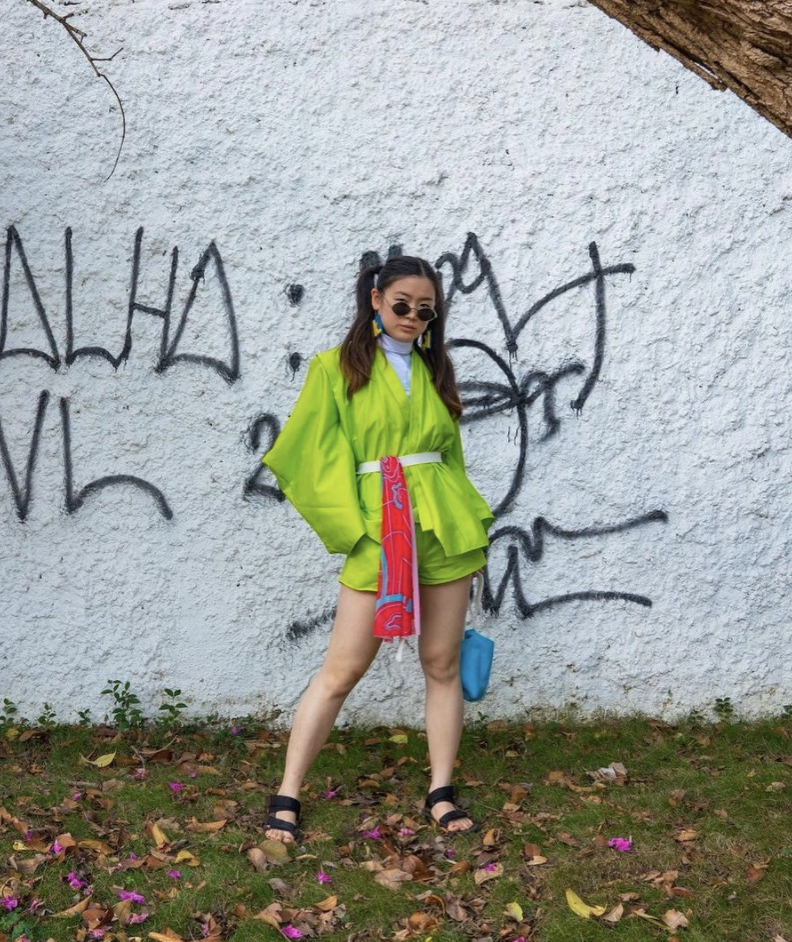
DIY Mode


